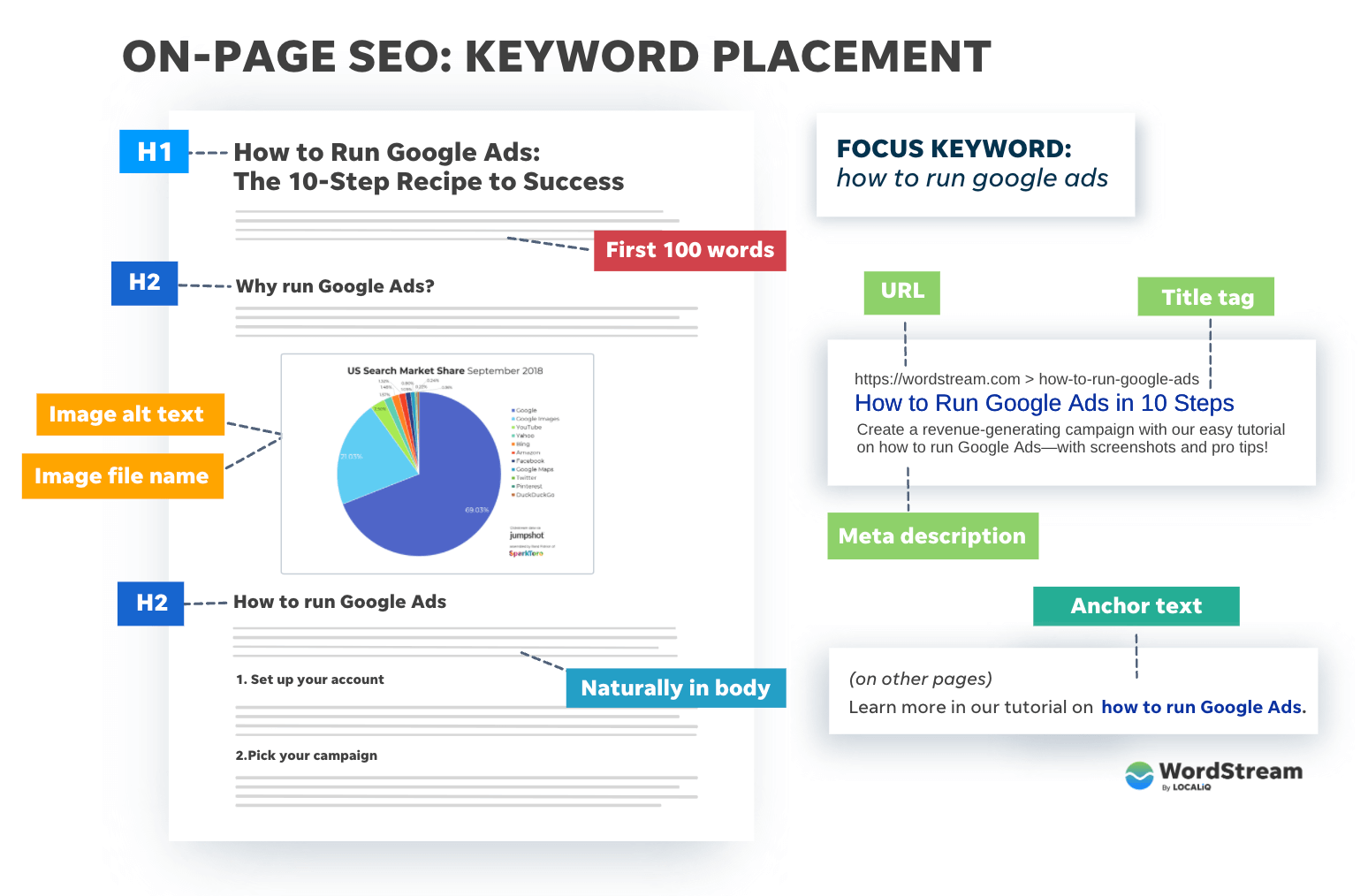Unveiling the Effect of Additional Dimension in Google Analytics on Information Evaluation and Insights
In the realm of information analytics, the utilization of secondary dimensions within Google Analytics has arised as a critical tool for removing much deeper understandings and unraveling facility patterns that might or else remain covered. By peeling off back the layers of main information sets, second dimensions offer a nuanced perspective that enhances the understanding of customer actions, site efficiency, and the effectiveness of advertising methods. The true influence and untapped possibility of second dimensions are frequently ignored, overshadowed by the appeal of key metrics. As we navigate with the elaborate landscape of data analysis, the significance of secondary dimensions becomes progressively evident, clarifying essential details that hold the trick to educated decision-making and calculated optimizations.
Checking Out the Principle of Additional Measurements
Additional dimensions in Google Analytics offer additional understandings by permitting customers to evaluate key data in combination with a second characteristic. By incorporating secondary dimensions, individuals can dig deeper right into the data and uncover important correlations that could or else go undetected - what is a secondary dimension in google analytics.
By checking out the numerous additional dimensions offered in Google Analytics, users can open brand-new understandings and maximize their electronic advertising efforts. In essence, secondary dimensions serve as a powerful device for improving data evaluation and driving actionable results.
Enhancing Data Analysis With Second Measurements
Having actually developed the fundamental understanding of additional measurements in Google Analytics and their essential duty in data evaluation, the focus now moves towards leveraging these additional characteristics to enhance the analysis of analytics data (what is a secondary dimension in google analytics). By including second dimensions into data evaluation, analysts can get much deeper understandings into user behavior, internet site efficiency, and marketing effectiveness

Furthermore, secondary measurements aid in contextualizing main data metrics by offering additional layers of details. This contextualization aids in understanding the 'why' behind the information trends, assisting experts make educated choices and optimizations to improve overall performance. Ultimately, integrating additional dimensions improves the information analysis process, leading to more meaningful insights and tactical actions.
Discovering Hidden Insights With Second Dimensions
Discovering the depths of analytics data with second measurements exposes valuable understandings that would otherwise stay obscured. By integrating additional measurements in Google Analytics, services can unearth hidden patterns, trends, and relationships that give a more detailed understanding of user habits and site efficiency. These additional layers of data enable experts to delve deeper right into the key dimensions, such as traffic sources or landing pages, and acquire a more nuanced point of view on exactly how different variables interact with each various other.
With using second dimensions, experts can sector and contrast information across different dimensions, allowing them to determine details variables that affect user interaction, conversion prices, and overall success metrics. For instance, by combining the primary measurement of 'gadget category' with the second dimension of 'age group,' marketing experts can pinpoint which age demographics favor accessing the internet site via smart phones versus desktop computers. This level of granularity encourages businesses to make data-driven choices and optimize their approaches for far better outcomes. Inevitably, revealing surprise understandings with additional measurements boosts the depth and accuracy of information evaluation, bring about even more educated decision-making and enhanced efficiency end results.
Leveraging Second Measurements for Actionable Analytics
Structure upon the insights introduced with secondary measurements in Google Analytics, businesses can currently harness this enriched information landscape to drive workable analytics and critical decision-making. By leveraging additional measurements, organizations can dig deeper into their data to extract important patterns, patterns, and connections that may have formerly gone undetected. This deeper level of analysis makes it possible for businesses to gain a more comprehensive understanding of learn the facts here now customer actions, project efficiency, and general internet site effectiveness.
One secret advantage of making use of additional dimensions for actionable analytics find this is the capacity to section data based upon particular requirements. This segmentation permits services to tailor their projects and techniques to different audience groups, leading to a lot more targeted and effective advertising and marketing efforts - what is a secondary dimension in google analytics. Furthermore, secondary measurements provide an even more all natural view of individual interactions, making it possible for businesses to maximize their site web content, style, and overall user experience
Making Best Use Of Decision-Making With Second Dimensions
To boost tactical decision-making in analytics, leveraging additional dimensions in Google Analytics can supply a more nuanced perspective on customer behavior and project efficiency. By integrating second dimensions right into data evaluation, businesses can delve much deeper into the specifics of their internet site visitors' communications and interaction patterns. This extra layer of details enables an extra thorough understanding of just how different variables, such as demographics, devices, or web traffic sources, influence key performance signs.

Final Thought
To conclude, making use of second dimensions in Google Analytics plays an essential duty in improving data evaluation and revealing hidden understandings. By exploring this idea, one can gain a much deeper understanding of individual habits and make informed decisions based upon actionable analytics. Leveraging second measurements permits for an extra thorough analysis of information and makes best use of the effectiveness of decision-making processes.
